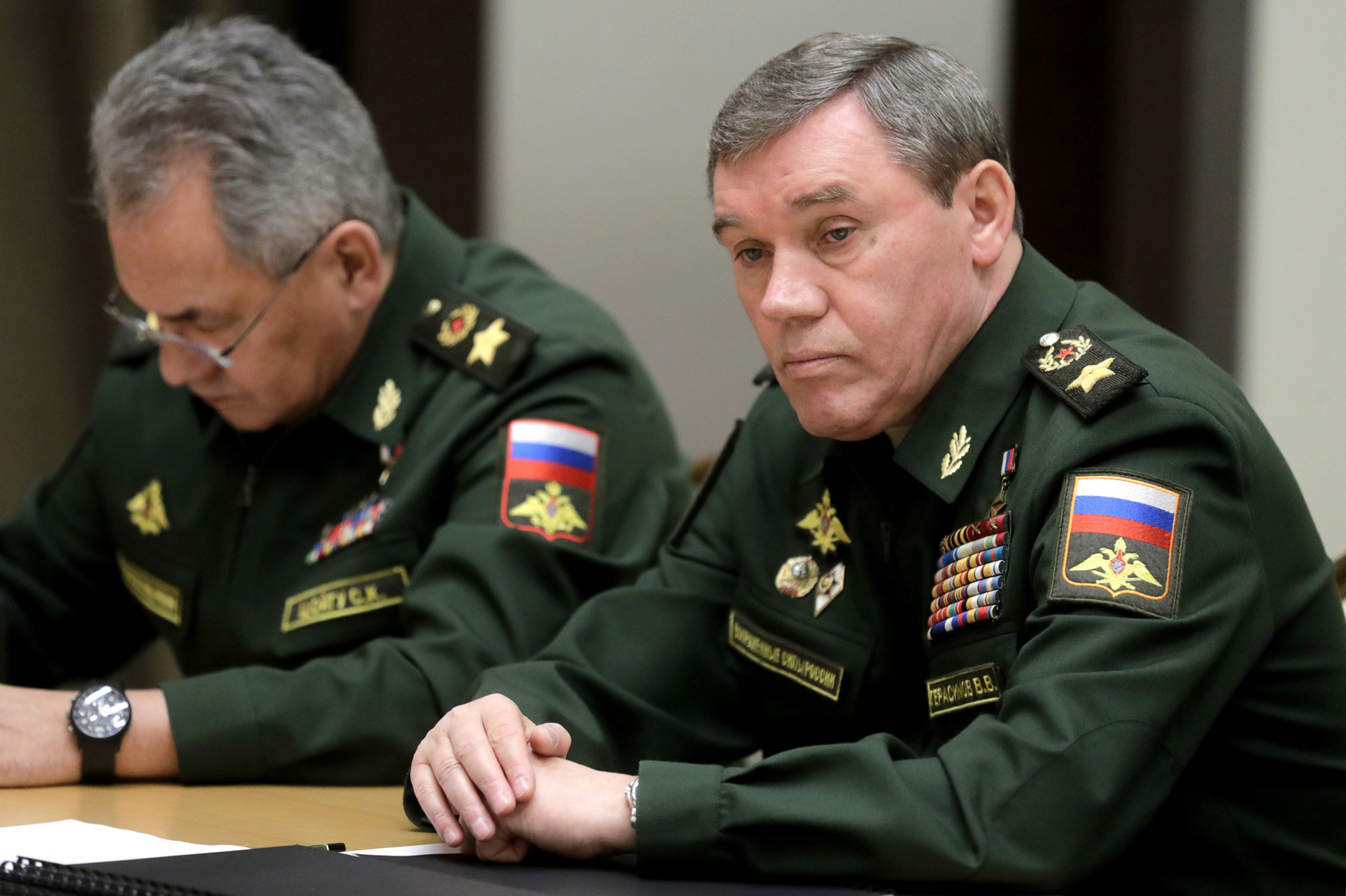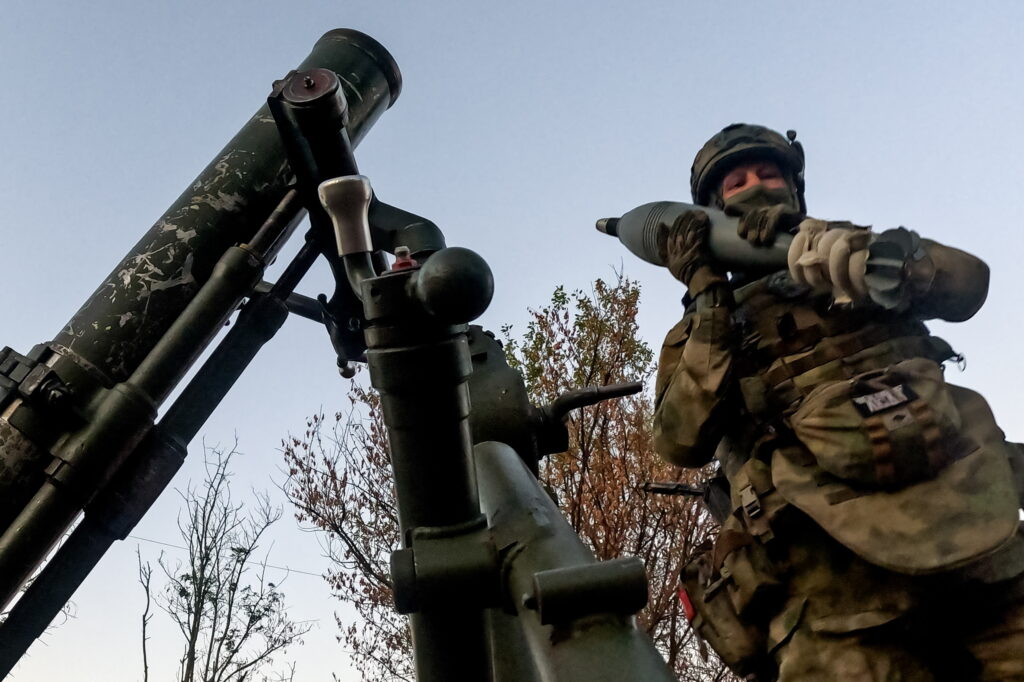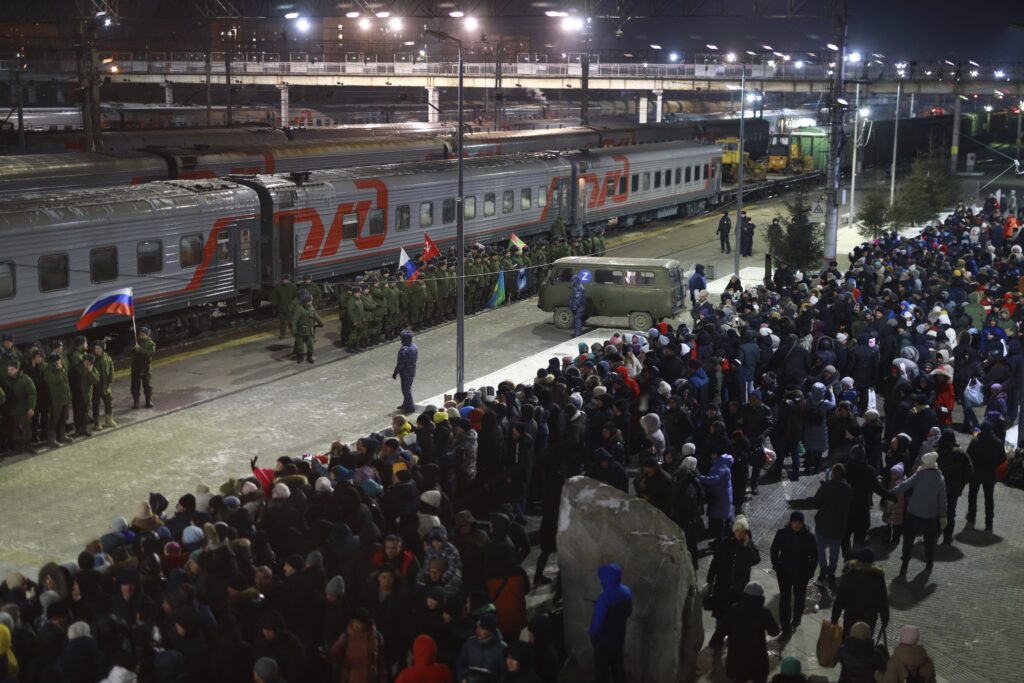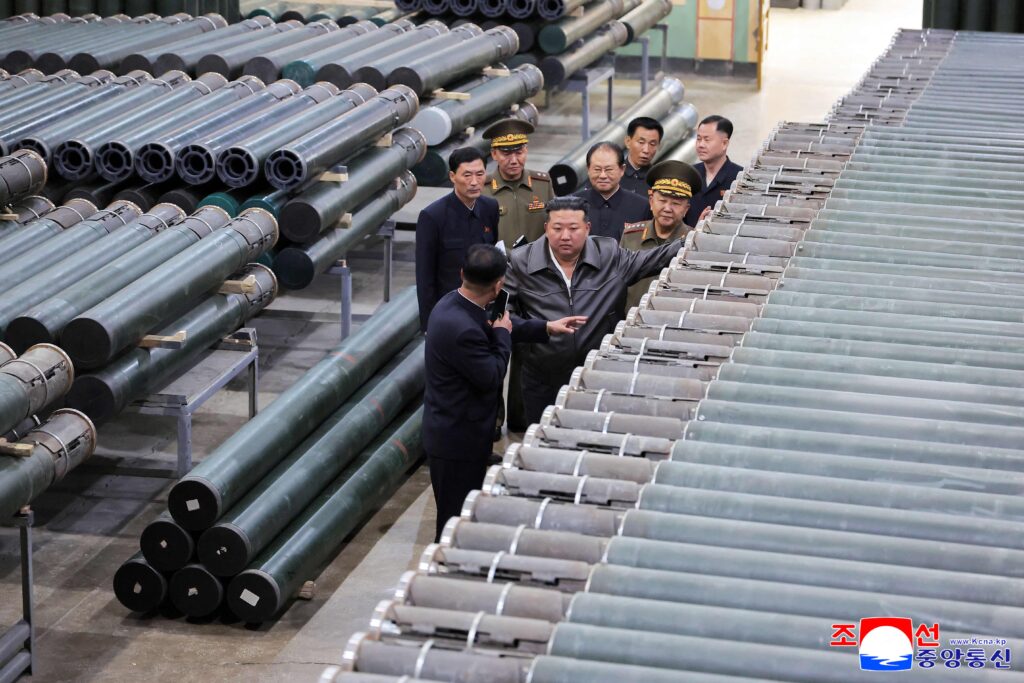Valery Gerasimov, Chief of the Russian General Staff, turns 65 this year and is likely to stay on as long as Sergei Shoigu remains minister of defense. Gerasimov looms large over the current era of Russian military reform and modernization, though both processes were initiated by his predecessor, Nikolai Makarov. During his tenure, the Russian military has also been bloodied in two conflicts, Ukraine and Syria, with the lessons learned subsequently integrated into exercises at home. Gerasimov is more the representative of Russian military officialdom than the author of any of its key doctrinal tenets, but under him the Russian armed forces have undergone noticeable improvements in capability, mobility, readiness, force structure, and combat experience.
Ironically, of the things Gerasimov has done to leave an imprint on the Russian armed forces, he is uniquely famous for something that he never authored, and which does not exist — namely, the “Gerasimov Doctrine.” In 2014 an erroneous belief of almost mythic proportions emerged in the Western press some Russia watchers; it centered on the notion that in February 2013, Gerasimov authored an article laying out the Russian military blueprint for actions in Ukraine and war with the West.
The “Gerasimov Doctrine” was a clever name coined by Mark Galeotti on his blog, though he never meant it to be taken literally that Gerasimov had a doctrine. In 2018 Galeotti published a mea culpa rebuffing any notion that Gerasimov had a doctrine, given the extent to which this term “acquired a destructive life of its own.” Unfortunately like a creature in a horror film it escaped, growing stronger, running amok in political and military circles, and forcing years of efforts among Russia analysts to beat it into submission. That effort proved a Sisyphean task; entire theories subsequently emerged proclaiming a Russian “chaos theory” of political warfare against the West, based on the erroneous belief that the Chief of the Russian General Staff is in a position to dictate Russian political strategy in the first place.
Military strategy, and operational level planning in conflict, support the strategy set by political leadership, but they are not one and the same. Strategy in a particular conflict is quite different from political strategy writ large. The military is a stakeholder, offering inputs into Russian political strategy, but it does not determine it. The deciding votes sit in the Kremlin. Military writing is quite useful for reflections of the thinking amongst political leadership, but what the military plans to do doctrinally, or debates doing, is not necessarily representative of political designs. It is the job of a military to plan for all sorts of unlikely contingencies, and at the end of the day it is an expensive solution in a bureaucratic search for problems it might help solve.
The Russian annexation of Crimea in March 2014 led to a scramble for information on the Russian armed forces, its military thought, and its doctrine. At first, this yielded faddish terms and malformed interpretations. Over the years the “Gerasimov Doctrine” has become somewhat a professional joke among Russian military analysts, who see it as a litmus test separating those with bona fide expertise from the ever-growing field of self-proclaimed experts on Russian information or political warfare.
That infamous 2013 piece, titled the Value of Science in Prediction, was derived from Gerasimov’s annual speech at the Military Academy of Sciences, undoubtedly kluged together by a few officers into an article with a chart. Gerasimov laid out the general sentiments in Russian military thought on how the U.S. conducts political warfare via “color revolutions,” eventually backed by the employment of high precision weapons, with many of the observations derived from the Arab Spring.
That article represented the Russian military interpretation (or more correctly misinterpretation) of the U.S. approach to conducting regime change, combined with a bureaucratic argument designed to link the budget of the Russian armed forces, consuming trillions of rubles each year, to an external challenge defined largely as political.
In short, it was a kitchen sink of the salient inputs into Russian military thought at the time, summarizing the emerging trends in modern conflicts: wars are not acknowledged or declared when they start, asymmetric and non-military measures had grown relative to traditional military ones, the role of information warfare and irregular formations or proxies had grown in prominence, though high end conventional capabilities equally colored Russian military thinking, especially mass employment of precision guided weapons against a country’s critical infrastructure. Prior to Galeotti’s commentary, Gerasimov’s February 2013 article was completely ignored, and ironically, so were subsequent articles or speeches encapsulating further evolution in Russian military thought since 2013.
That line of thinking on the character of modern conflict has only further congealed under Gerasimov into what the Russian military has come to term “New Type Warfare.” This term represents the Russian view of how non-military instruments can affect a country’s information environment, internal political stability or economy, but are coordinated with conventional military capabilities that inflict strategic damage, such as long-range precision guided weapons and massed aerospace attack. Just last year Gerasimov restated this belief, alleging the U.S. has a ‘trojan horse’ strategy of sorts integrating political warfare and information warfare to mobilize the protest potential of the population, combined with precision strikes against critical infrastructure.
Given the almost complete absence of ‘deterrence by denial’ in Russian strategic thinking, doctrine has evolved around what Gerasimov has termed to be “active defense.” This is a set of preemptive nonmilitary and military measures, deterrence and escalation management approaches based on cost imposition. The Russian armed forces are geared towards being able to preemptively neutralize an emerging threat or deter by showing the ability and willingness to inflict unacceptable consequences on the potential adversary. As Gerasimov said, “acting quickly we must preempt our adversary with preventive measures, identify his vulnerabilities in a timely manner, and create the threat that unacceptable damage will be inflicted.” In practice this includes a range of calibrated damage, from single and grouped conventional strikes against economic or military infrastructure, to massed employment of precision guided weapons, followed by non-strategic nuclear weapons, and at the outer edges theater nuclear warfare.
Much hay has been made of Russian military thought on political or information warfare, but Gerasimov has always made clear that the thrust of military strategy is conventional and nuclear warfare. Use of military power remains decisive. Confrontation in other spheres, where non-military measures dominate, is handled by other ‘strategies’ and organizations with their own resources. The military sees itself as coordinating the two types of measures, as opposed to overseeing the various non-military lines of effort.
The Russian military response can be seen in the creation of inter-service combat grouping in each strategic direction, with relatively high readiness, and their ability to move across the Russian landmass to the point of conflict as tested in the Vostok 2018 Strategic Maneuvers. Mobility, readiness, and the ability of different services to work together grew in emphasis under Gerasimov’s tenure, along with attempts to engender flexibility at the tactical level, or what Gerasimov has termed the ability of commanders to come up with “non-standard solutions.” The Russian armed forces have also begun to articulate concepts for future expeditionary operations, called “limited actions,” and institutionalizing the experience in Syria.
Russia’s military continues to invest in capabilities and operational concepts to conduct non-contact warfare, able to engage with standoff weaponry, based on real-time intelligence and reconnaissance. The latest State Armament Program 2018-2027 places emphasis on quality and quantity of precision guided weapons, plus enabling technologies for recon-strike and recon-fire loops. Too much has been made of the discourse on non-military means, when in practice the Russian military has bought a tremendous amount of hard conventional military power and spent considerably on nuclear modernization. Since 2011 one could count close to 500 tactical aircraft, over 600 helicopters, to more than 16 S-400 regiments along with countless air defense systems for the ground forces, 13 Iskander brigades, thousands of armored vehicles, ballistic missile and multipurpose nuclear powered submarines, i.e. the list is extensive. Indeed, roughly 50% of the sizable Russian defense budget is spent on weapons procurement, modernization and R&D.
Despite the advancements in the Russian armed forces, doctrinal deterrence by defense is still seen as cost prohibitive, unattractive compared to approaches that actively limit damage to the homeland or the armed forces. Hence key capabilities, such as long-range precision guided weapons, have been integrated into strategic operations in the initial period of war that are just as offensive as they are defensive in nature. Gerasimov has served during a critical time between the 2014 military doctrine, and a forthcoming one, where some of the more relevant doctrinal developments in Russian military strategy have been in the application of limited force for the purposes of escalation management and war termination.










